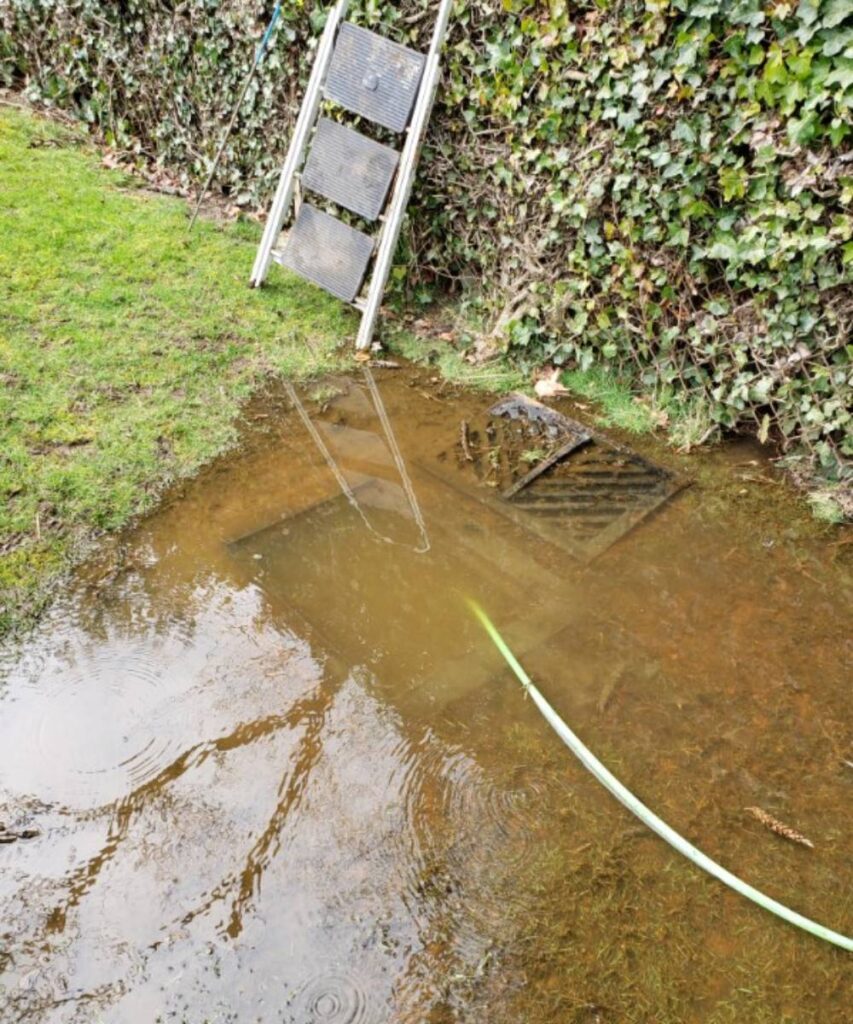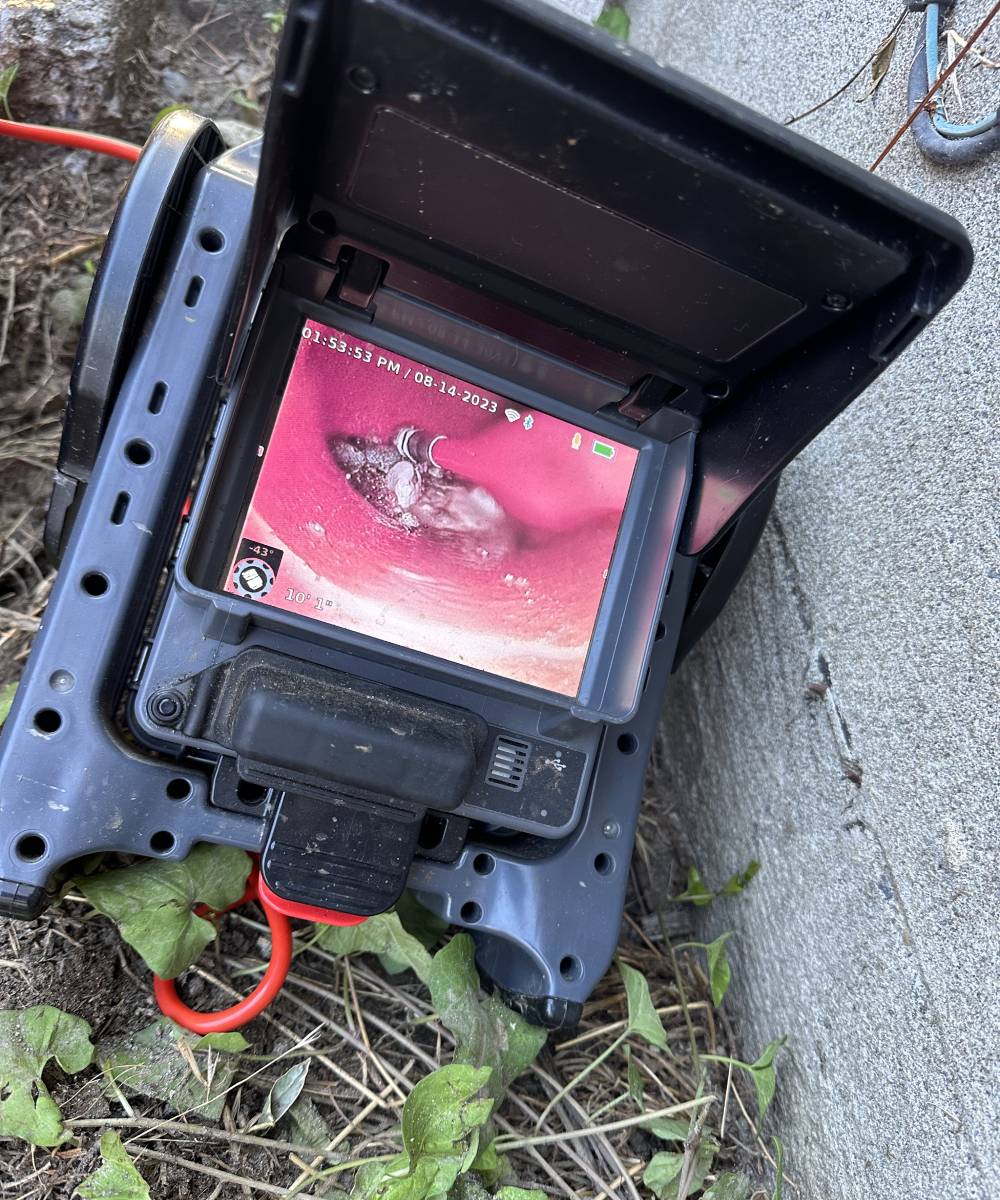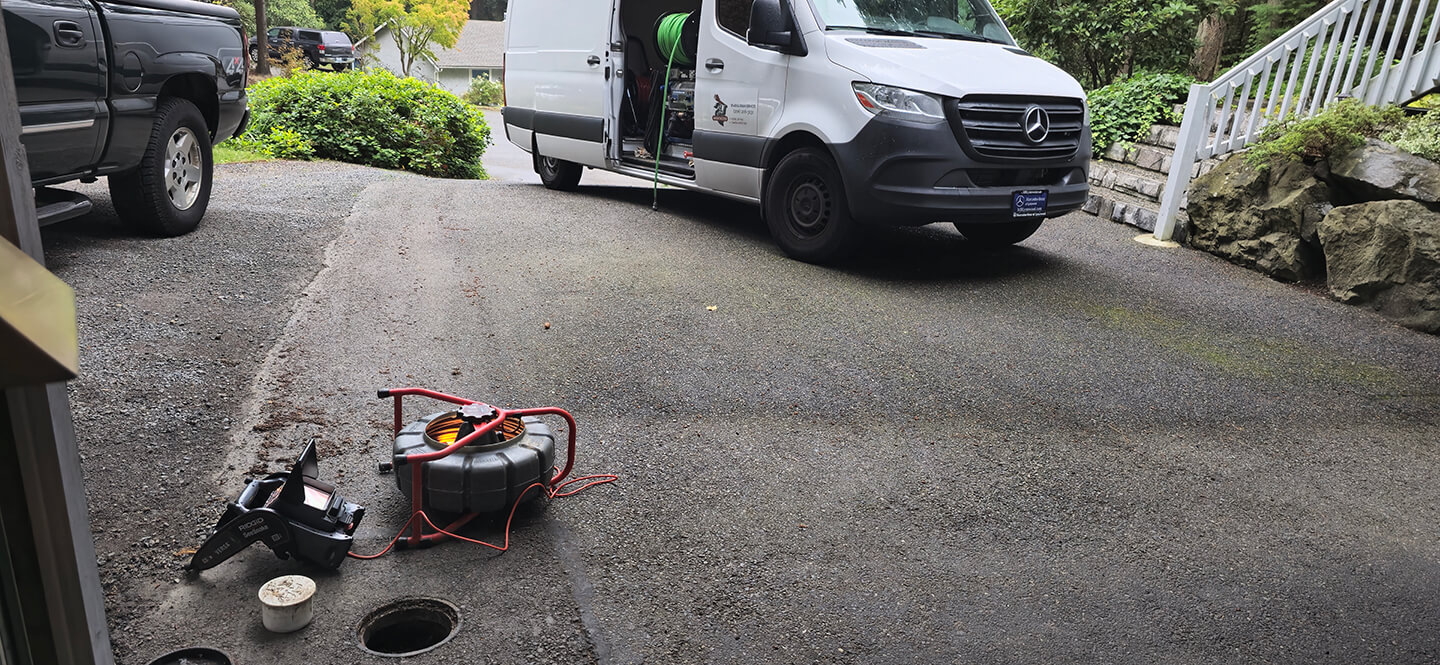Hydro jetting is a powerful, chemical-free method for cleaning pipes in food processing facilities. This article outlines the top 10 best practices for effective hydro jetting, offering practical guidance to ensure hygiene, regulatory compliance, and operational efficiency. Follow KnightRooter’s expert tips to keep your facility’s pipes clean and compliant.
What Is Hydro Jetting in Food Processing?
Hydro jetting uses high-pressure water to clean pipes, removing grease, food waste, and debris in food processing facilities. This chemical-free method ensures hygiene and compliance with strict safety standards. This article presents the top 10 best practices for industrial hydro jetting, offering actionable steps to optimize pipe cleaning and maintain a safe, efficient operation.
Why Is Hydro Jetting Essential for Food Processing Facilities?
Challenges of Grease and Food Waste Buildup
Food processing facilities face significant challenges from grease, fats, oils (FOG), and food particles that clog drains. These blockages cause odors, downtime, and health risks. Unlike residential systems, commercial plants handle high waste volumes, making industrial hydro jetting critical for thorough pipe cleaning. For instance, dairy plants often struggle with milkfat buildup, which hydro jetting effectively clears.
Compliance with Food Safety Regulations
Adhering to FDA and USDA regulations is vital in food processing. Dirty pipes can harbor bacteria like Salmonella, risking product safety. Hydro jetting removes debris and biofilm, aligning with Hazard Analysis and Critical Control Points (HACCP) standards. Regular pipe cleaning ensures facilities pass health inspections.
How Hydro Jetting Works in Food Processing
The Hydro Jetting Process
Hydro jetting involves using high-pressure water (3,000–20,000 PSI) to clear pipes. The process starts with a CCTV inspection to assess pipe condition, followed by inserting a nozzle that releases water to remove blockages. A final inspection confirms cleanliness. This method is ideal for food processing, as it avoids chemicals that could contaminate products.
Equipment for Industrial Hydro Jetting
Hydro jetting requires a water tank, high-pressure pump, hose, and specialized nozzles (e.g., rotating nozzles for grease). Equipment is tailored to pipe materials like PVC or cast iron, ensuring effective pipe cleaning without damage in food processing facilities.

Top 10 Best Practices for Hydro Jetting in Food Processing
Here are the top 10 best practices for industrial hydro jetting, blending actionable and descriptive guidance for optimal pipe cleaning in food processing facilities.
1. Conduct Pre-Jetting Inspections
Pre-jetting CCTV inspections identify pipe conditions and clogs, preventing damage. For example, detecting cracks ensures lower pressure is used. Inspections are key to safe, effective industrial hydro jetting.
2. Select the Right Nozzles and Pressure
Choose nozzles based on clog type—rotating for grease, penetrating for solids. Adjust pressure (e.g., 3,000 PSI for PVC) to avoid pipe damage. Proper selection ensures efficient pipe cleaning in food processing.
3. Schedule Regular Maintenance
Prevent clogs by scheduling hydro jetting every 6–12 months. High-waste facilities may need quarterly sessions. Regular pipe cleaning minimizes downtime and costly repairs.
4. Ensure Worker Safety with Training
High-pressure equipment requires trained technicians. Provide protective gear (gloves, goggles) and safety training to prevent injuries. Certified professionals ensure safe industrial hydro jetting.
5. Maintain Hygiene Standards
Use food-safe equipment and avoid chemicals to prevent contamination. Post-jetting, flush pipes with clean water to meet USDA sanitation standards in food processing.
6. Optimize Water Usage
High water consumption can be a concern. Use high-efficiency nozzles and work with experts to minimize usage while maintaining pipe cleaning effectiveness in food processing.
7. Protect Older Pipes
Older pipes risk damage under high pressure. Inspect thoroughly and use lower settings (2,000–3,000 PSI) to ensure safe industrial hydro jetting without costly repairs.
8. Prevent Cross-Contamination
Sterilize equipment before jetting and avoid cross-using tools between food and non-food areas. Post-jetting bacterial tests ensure hygiene in food processing facilities.
9. Document Maintenance Records
Log jetting sessions (date, pressure, findings) to prove compliance during audits. Digital records streamline inspections and support pipe cleaning protocols.
10. Choose a Professional Provider
Select a provider like KnightRooter with expertise in food processing. Verify certifications and food safety knowledge for reliable industrial hydro jetting.
Key Benefits of Hydro Jetting
- Hygiene: Removes bacteria and debris, ensuring a safe food processing environment.
- Efficiency: Prevents clogs, reducing downtime and repair costs.
- Sustainability: Chemical-free, aligning with eco-friendly goals in pipe cleaning.
Overcoming Common Challenges
- Fragile Pipes: Use inspections and low pressure to protect aging infrastructure during industrial hydro jetting.
- Water Usage: Optimize with efficient nozzles to balance sustainability and pipe cleaning effectiveness.
Why Choose KnightRooter for Hydro Jetting
Hydro jetting is essential for maintaining clean, compliant pipes in food processing facilities. KnightRooter provides expert industrial hydro jetting services with advanced equipment and certified technicians, ensuring hygiene and efficiency. Contact KnightRooter today to schedule your pipe cleaning service in seattle and keep your facility running smoothly.
Explore More Resources
For more information on sewer line maintenance and repair, visit our service pages:
- Water Hydro-jetting Everett
- Water Hydro-jetting Edmonds
- Water Hydro-jetting Seattle
- Water Hydro-jetting bothell
- Water Hydro-jetting Kirkland
- Water Hydro-jetting Lynnwood
- Water Hydro-jetting Woodinville
- Water Hydro-jetting Snohomish
- Water Hydro jetting Bellevue
FAQ
1. What is hydro jetting, and why is it ideal for food processing?
Hydro jetting uses high-pressure water to clear pipes, removing grease and debris without chemicals. It’s ideal for food processing due to its hygiene and compliance benefits.
2. How often should food processing facilities use hydro jetting?
Schedule industrial hydro jetting every 6–12 months, or quarterly for high-waste plants, to ensure effective pipe cleaning.
3. Is hydro jetting safe for older pipes?
Yes, with inspections and adjusted pressure, hydro jetting safely cleans fragile pipes in food processing facilities.
4. How does hydro jetting support food safety compliance?
It removes bacteria and debris, aligning with FDA and USDA standards for food processing hygiene.
5. What makes a good hydro jetting provider?
Look for expertise in industrial hydro jetting, certifications, and food safety knowledge, like KnightRooter offers.
For professional and fast drain cleaning Bothell, drain cleaning Seattle, and drain cleaning Bellevue, contact KnightRooter. Our team is ready to provide the best solutions for your drain issues.





No comment yet, add your voice below!